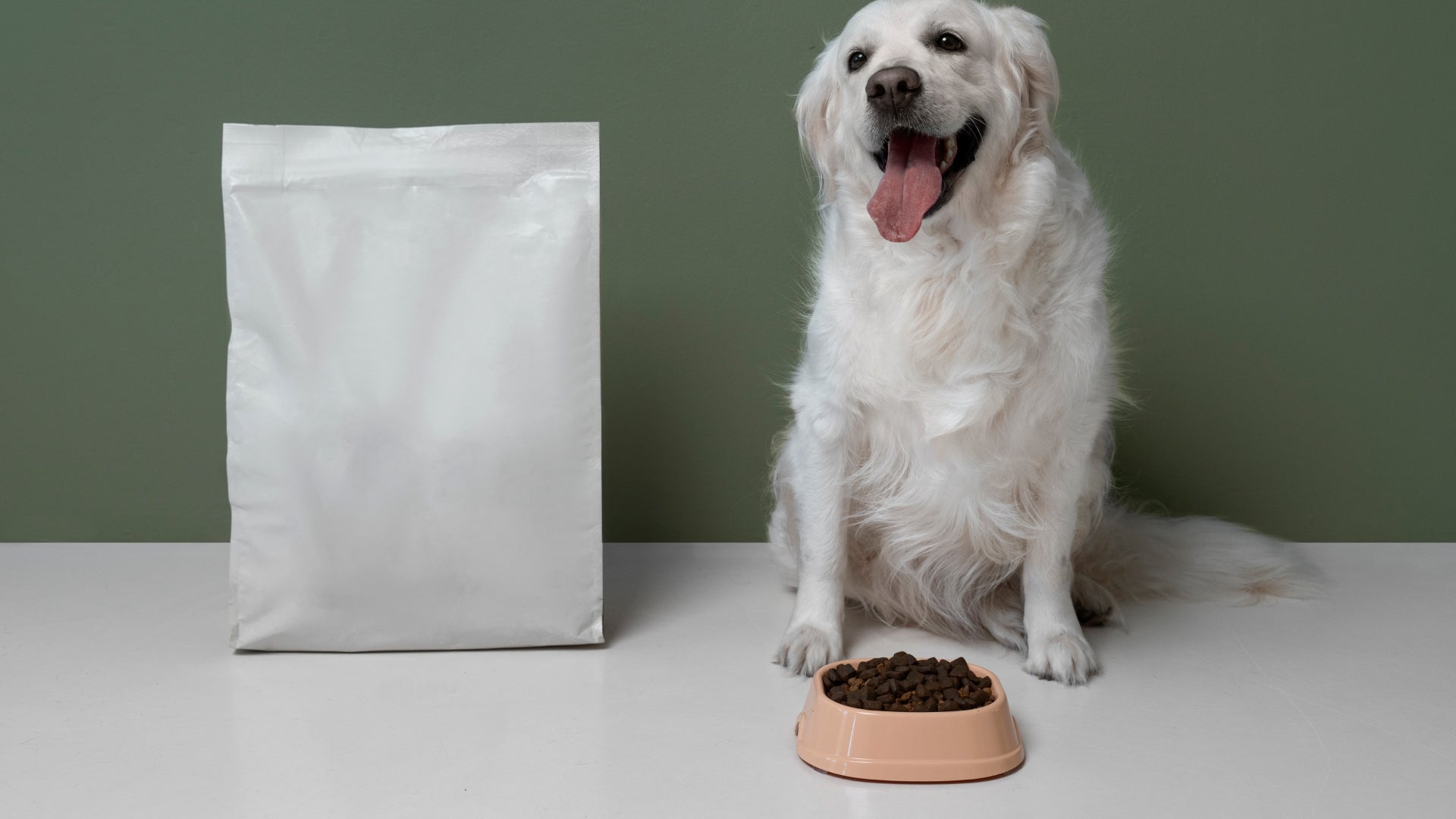Consider spaying or neutering your pet if you don't plan to breed them. These procedures can prevent certain health issues and help control the pet population.
As your pet ages, their needs change. Senior pets may require special diets, joint supplements, and more frequent vet visits to manage age-related issues. Provide them with comfort and attention as they grow older.
Spaying (for females) and neutering (for males) are common procedures recommended by veterinarians and animal welfare organizations as responsible pet ownership practices. These surgeries not only help control the pet population but also offer numerous health and behavioral benefits for your furry friend. In this blog post, we'll delve into the importance of spaying and neutering your pets.
Population Control: One of the primary reasons for spaying and neutering is to help control the pet population. The sad reality is that there are more pets in need of loving homes than there are available homes. By spaying and neutering your pet, you're actively contributing to the prevention of unplanned litters, reducing the number of homeless animals, and helping to alleviate the burden on animal shelters.
Health Benefits: Spaying and neutering offer several health benefits for your pet. For females, spaying eliminates the risk of uterine and ovarian cancers and significantly reduces the risk of mammary tumors, especially if performed before the first heat cycle. Neutering males reduces the risk of testicular cancer and may lower the risk of certain prostate problems.
Behavioral Benefits: Spaying and neutering can also positively impact your pet's behavior. Neutered males are often less prone to aggressive behavior, roaming, and marking territory with urine. Spayed females won't go into heat, which means no yowling, restlessness, or attracting unwanted male attention. Additionally, spaying and neutering can reduce the urge to escape and wander, helping keep your pet safe.
Preventing Unwanted Litters: Unplanned litters can be a significant burden for pet owners. Finding suitable homes for puppies or kittens can be challenging, and it can place emotional and financial stress on families. Spaying and neutering eliminate the possibility of unwanted pregnancies, allowing you to enjoy your pet without the worries of accidental breeding.
When to Consider the Procedure: Spaying and neutering are typically performed around six months of age. However, the timing may vary depending on the breed and your veterinarian's recommendation. Some veterinarians recommend early-age spaying and neutering, which can be performed as early as eight weeks old.
The Responsible Choice: Ultimately, spaying and neutering are responsible choices that not only benefit your pet but also contribute to the welfare of animals as a whole. Before scheduling the procedure, consult with your veterinarian to discuss the best timing and approach for your individual pet. By choosing to spay or neuter your furry companion, you're making a positive impact on their health, behavior, and the greater animal community.





1 comment
great post